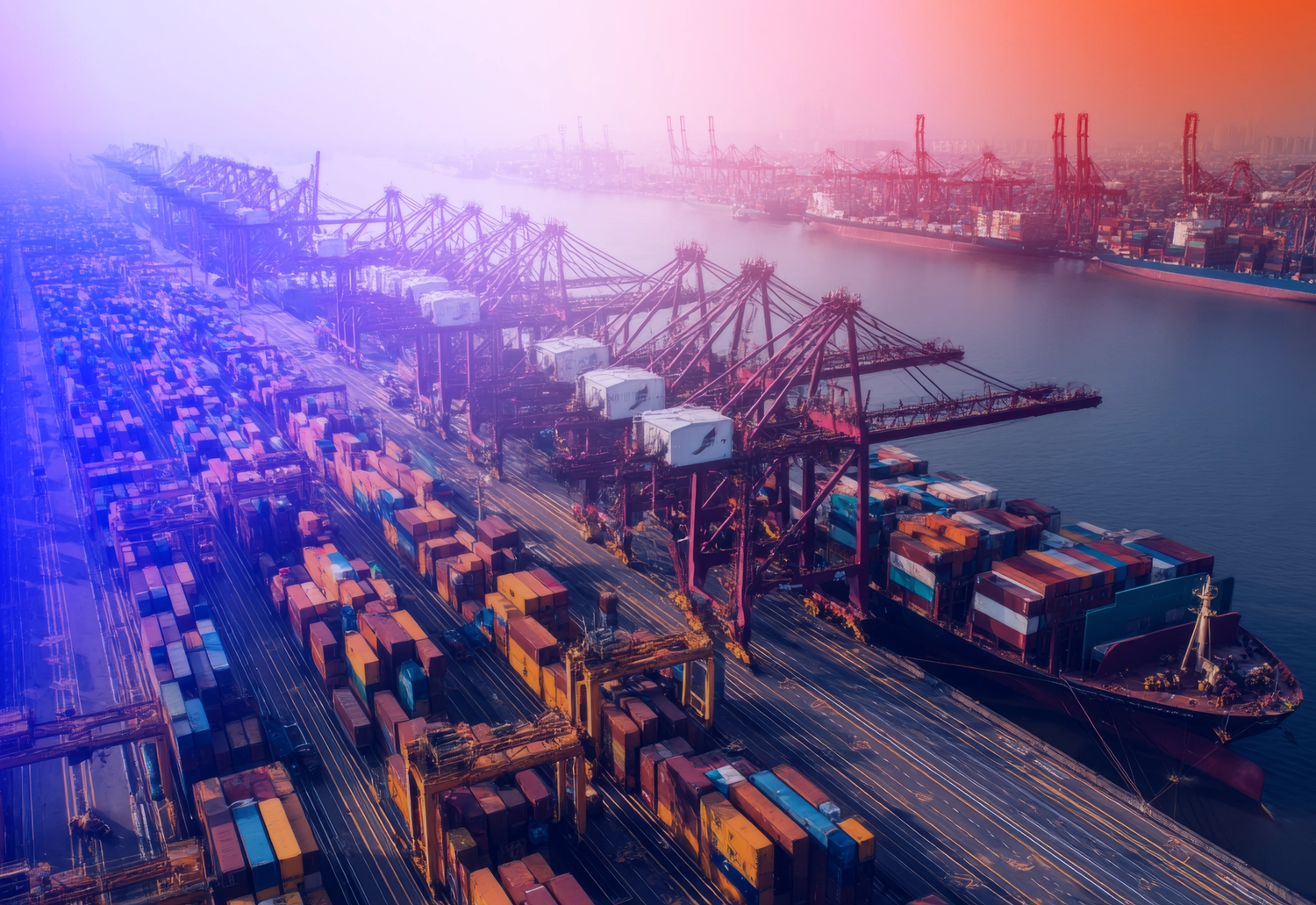Share this post

In late August, the Trump administration's tariffs on parcels under US$800 forced Australia Post and carriers from nearly 30 countries to temporarily suspend services to the United States. For Australian exporters, this wasn’t just a shipping problem, it's a wake-up call about the fragility of traditional supply chain models.
Read here from CEO Travis Erridge on how retailers adapt to shifting trade policies.
This disruption revealed a deeper vulnerability in how Australian businesses approach international market access. The speed at which policy changes can eliminate established trade routes demonstrates why static supply chain planning is no longer sufficient. Static supply chain models simply can't keep pace with today's volatility.
For Australian exporters, this vulnerability is particularly acute. Australia's distance from major markets means fewer shipping alternatives when primary routes are disrupted, while many smaller exporters have limited carrier options due to cost constraints and volume thresholds.
When these established pathways disappear overnight, businesses face difficult decisions about whether to absorb increased costs, pass them to customers, or exit markets entirely.
What does data really help with?
Modern trade disruptions don't follow predictable patterns. Therefore, traditional contingency plans can be obsolete before they’re even implemented.
Smart organizations are moving beyond reactive problem-solving toward predictive capabilities. When we say predictive, no one has a crystal ball, but it’s about being prepared for change, and being flexible enough to pre-emptively shift business strategy before it’s too late.
This involves implementing systems that can assess risk across multiple markets simultaneously, evaluate alternative suppliers and shipping routes in real-time, and automatically adjust operations when disruptions occur. Bouncing back will require intelligent supply chains that provide real-time, end-to-end visibility across transport, warehousing, and labor.
Australian exporters who survive trade volatility treat data as their early warning system. Rather than waiting for disruptions to impact operations, they use predictive analytics to anticipate challenges and position resources accordingly.
The key question every Australian exporter should ask is: what demand am I expecting and how will I meet it?
To help answer this question, predictive analytics gives exporters advance insight into demand patterns, enabling them to have products positioned for dispatch before orders arrive.
This approach becomes particularly valuable when managing inventory across multiple international markets with different regulatory environments and risk profiles. Instead of maintaining separate strategies for each market, intelligent systems can dynamically allocate resources based on real-time conditions and policy changes.
Beyond survival mode
The current postal suspension will likely eventually resolve, but the underlying challenge remains: geopolitics is increasingly uncertain. Technology-enabled supply chains allow Australian businesses to respond to policy changes with agility rather than scrambling to find workarounds.
